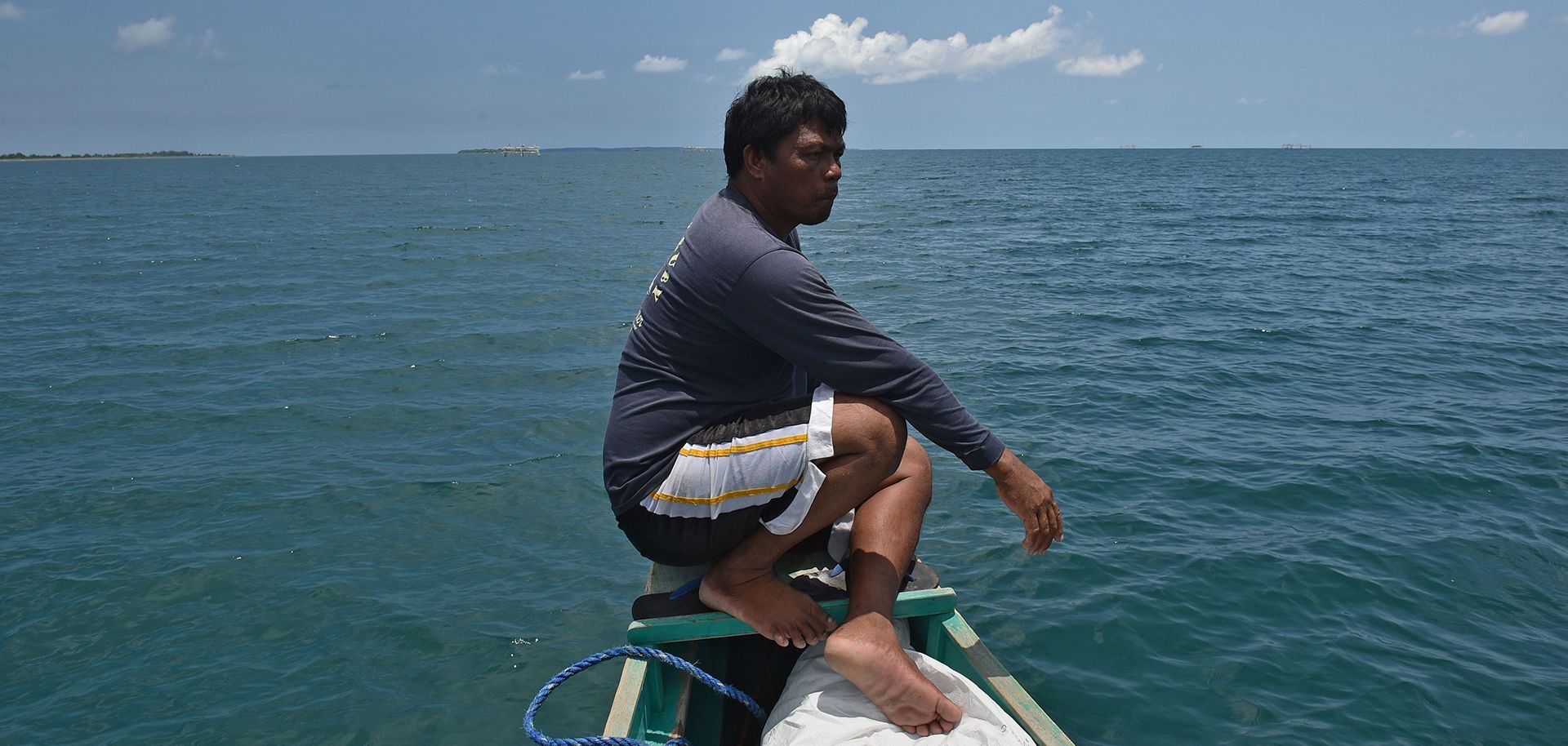ASSESSMENTS
In the Asia-Pacific, China Plays Nice Because It Can
Nov 26, 2016 | 14:00 GMT

(TED ALJIBE/AFP/Getty Images)
Summary
The contested waters of the South China Sea are a geopolitical flashpoint, but for now they exist in a period of comparative calm. Following a July ruling by the Permanent Court of Arbitration, countries with territorial claims in the waters struck a conciliatory tone, most prominently over the Scarborough Shoal — a barely submerged coral atoll that has become a touchstone for affairs between China and the Philippines, traditional adversaries in the South China Sea. A normally recalcitrant Beijing, forced to accept a more delicate and complex maritime arrangement in the region, is making placating gestures at last.
The shoal is emblematic of deeper issues at stake, namely the nature of maritime boundaries and bilateral concerns over fishing rights and exploitation of strategic territory. Philippine President Rodrigo Duterte made a high-profile visit to China in October and, following a strategic recalibration on both sides, Beijing and Manila appeared to be moving toward a joint mechanism of control over the shoal. The aspiration is that the countries will eventually be able to achieve some form of coexistence. That said, such a delicate arrangement is susceptible to domestic pressure, especially from nationalist movements, and to additional sovereignty disputes that may develop.
Subscribe Now
SubscribeAlready have an account?
